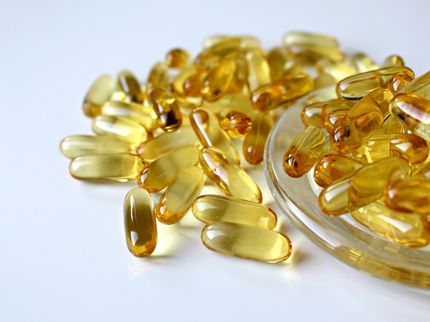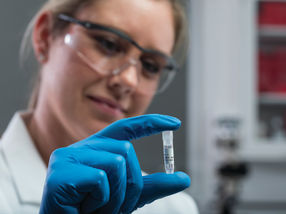Vitamin A: Intake via cosmetic products should be restricted
The term “Vitamin A” denotes a group of fat-soluble substances belonging to the category ofretinoids. Apart from retinol (vitamin A these include structurally related substances with the biolgoical properties of retinol. Since the biological activity of the substances differs, it is,for the purpose of standardisation, given in retinol equivalents.
Excessive intake of Vitamin A can lead to headaches and nausea and – in case ofchronically high intake – to liver disease and flaky skin. Even though the available data on this is patchy and in some cases even contradictory, a reduction in bone mineral density isbeing discussed in connection with high Vitamin A intake. Relevant indications arose from epidemiological studies with a daily Vitamin A intake of 1.5 to 2 mg.
Vitamin A is predominantly ingested via food including enriched foods and food supplements.In cosmetic products, Vitamin A (retinol and retinol esters) are typically used to minimise small wrinkles. Such products are often advertised as having a so-called "anti-aging" effect.
The German Nutrition Society (DGE) recommends a daily intake of Vitamin A for adults ofapproximately 1 mg of retinol equivalents; this is usually achieved through a balanced diet.For adults, it is recommended that no more than 3 mg of retinol equivalents are ingested per day. This value, referred to as the Tolerable Upper Intake Level (UL), describes themaximum safe value for long-term daily intake from all sources. However, for persons with increased osteoporosis and fracture risk, especially women after menopause who are one ofthe main target groups for anti-aging products, the Scientific Committe on Food (SCF) has recommended a maximum daily retinol equivalent of 1.5 mg. This recommendation is basedon the possible connection between high Vitamin A intake and reduced bone density.
Food consumption studies have shown that women can ingest 1.8 mg of retinol equivalents(RE) from their normal diet. This amounts to 60 % of the UL. The available data show that under a worst-case scenario, another 25 % in Vitamin A intake could be added via cosmeticproducts. The additional intake through the use of cosmetic products containing Vitamin A should therefore be limited.
The BfR recommends that the concentration of Vitamin A is restricted in cosmetic products for face and hand care. In contrast, Vitamin A should not be used at all in lip and body care products.
Most read news
Topics
Organizations
Other news from the department politics & laws

Get the life science industry in your inbox
By submitting this form you agree that LUMITOS AG will send you the newsletter(s) selected above by email. Your data will not be passed on to third parties. Your data will be stored and processed in accordance with our data protection regulations. LUMITOS may contact you by email for the purpose of advertising or market and opinion surveys. You can revoke your consent at any time without giving reasons to LUMITOS AG, Ernst-Augustin-Str. 2, 12489 Berlin, Germany or by e-mail at revoke@lumitos.com with effect for the future. In addition, each email contains a link to unsubscribe from the corresponding newsletter.















































